- Man Ray (b. 1890)
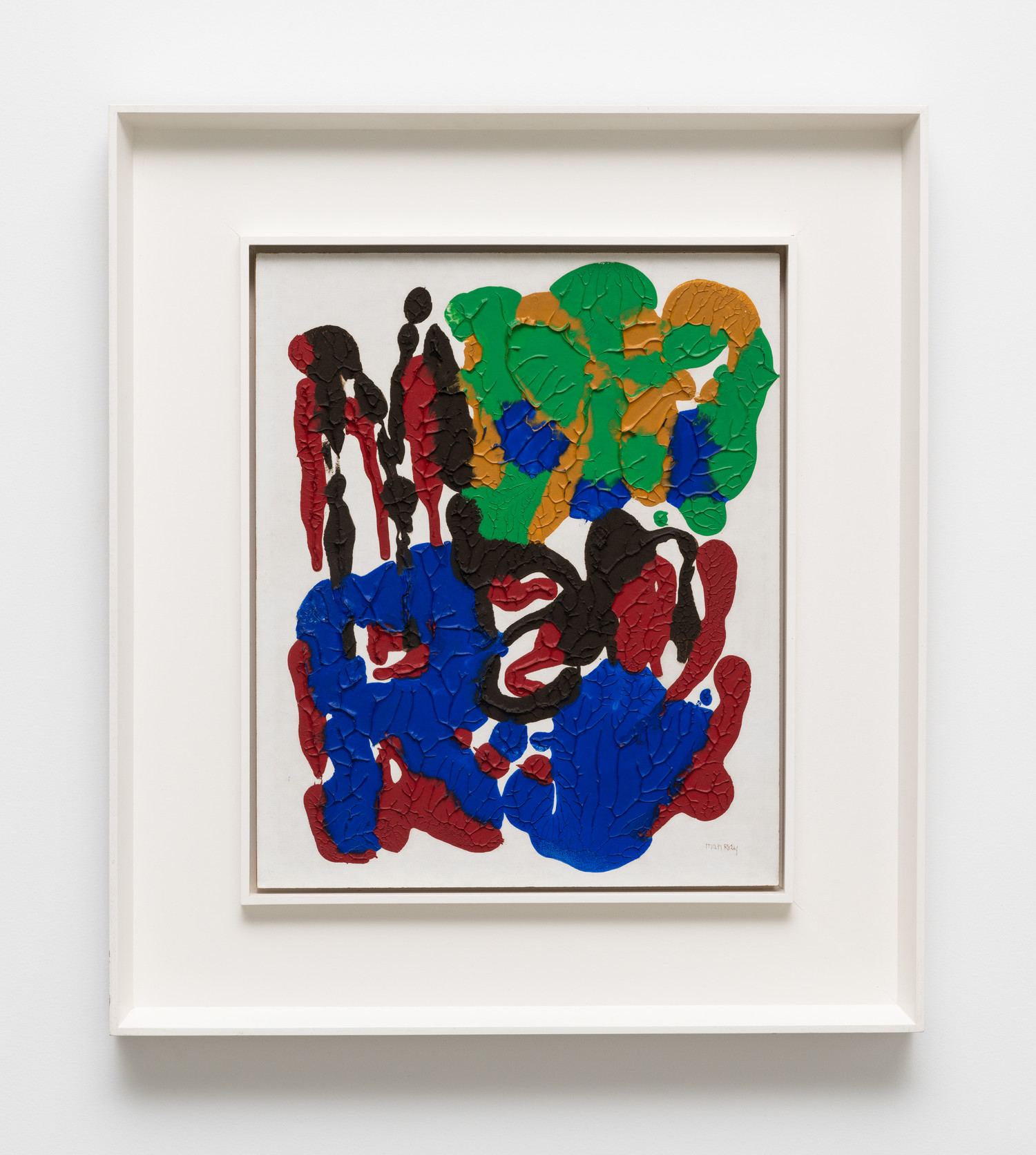
Decembre ou Le Clown (Natural Painting), 1963

Detailed View of Decembre ou Le Clown (Natural Painting)
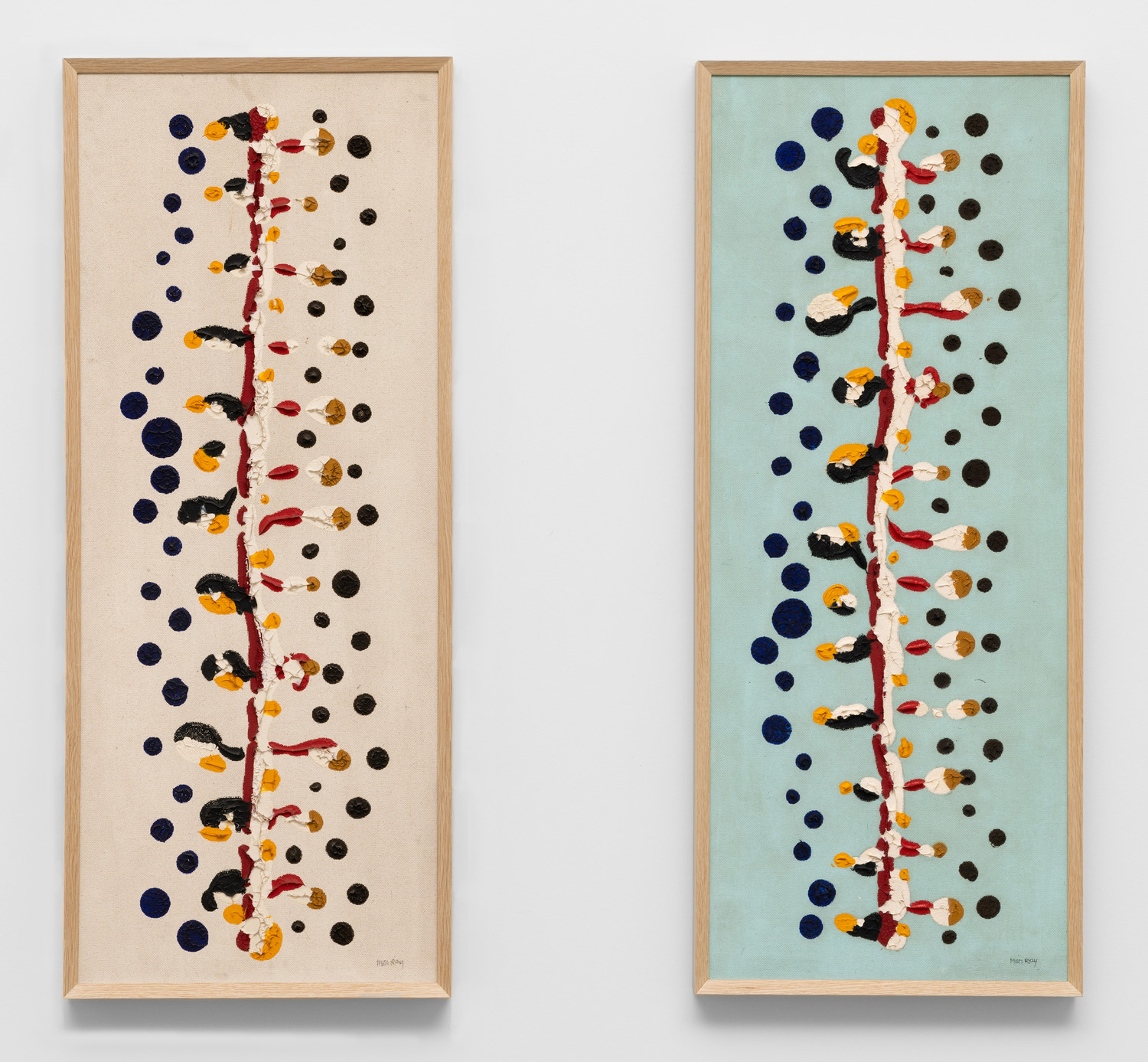
Natural Painting, 1960
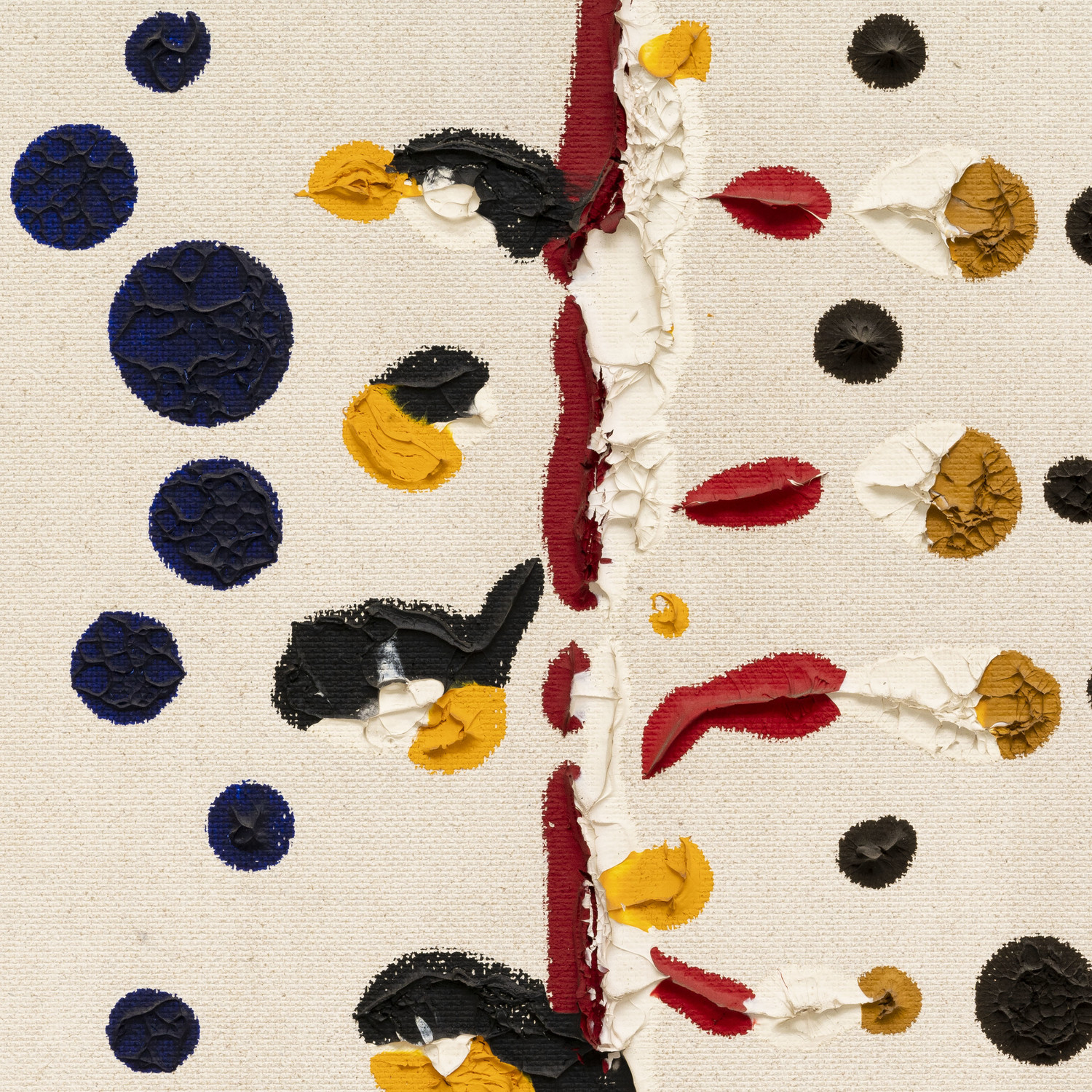
Detailed View of Natural Painting
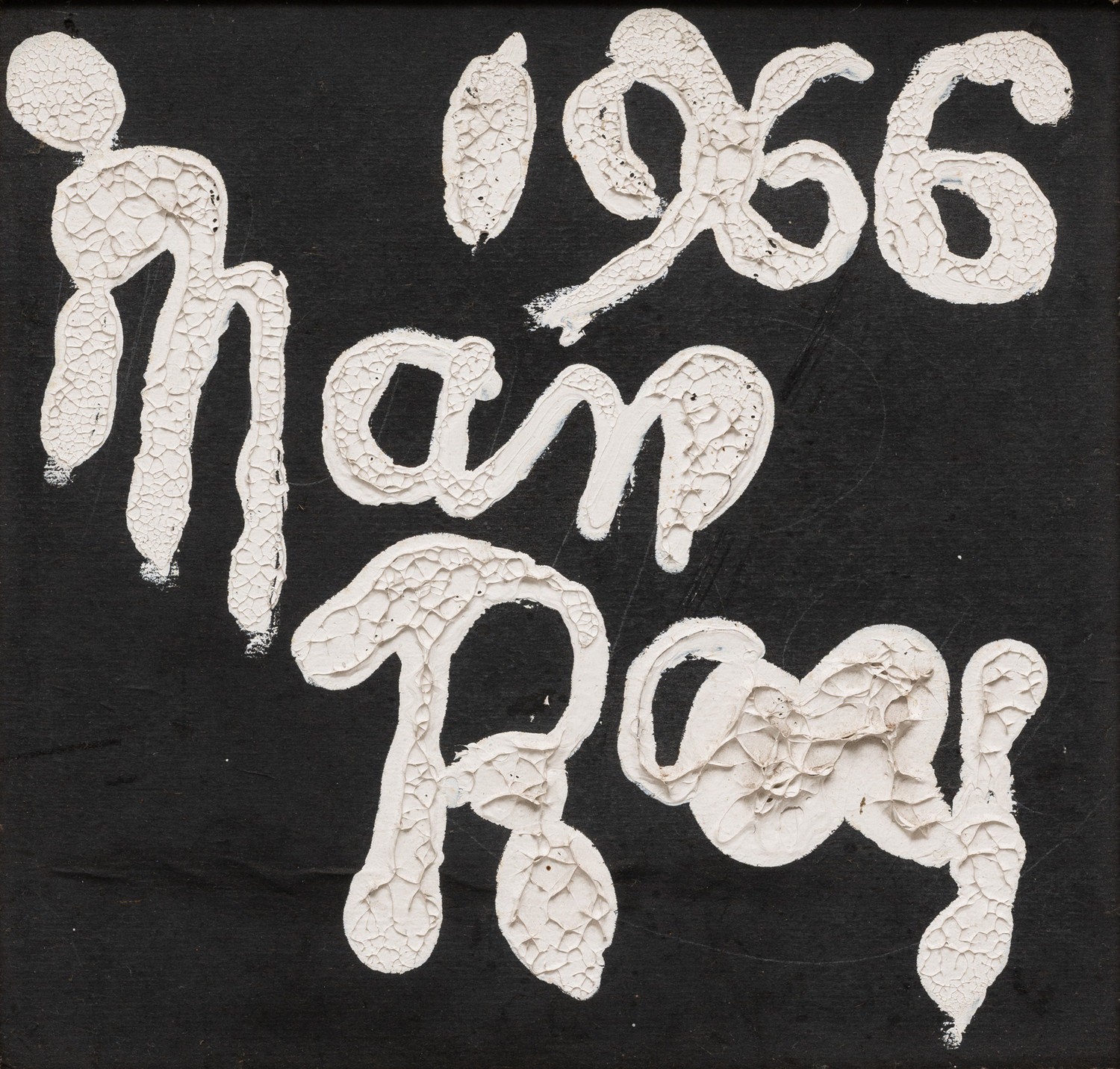
Natural Painting, 1966
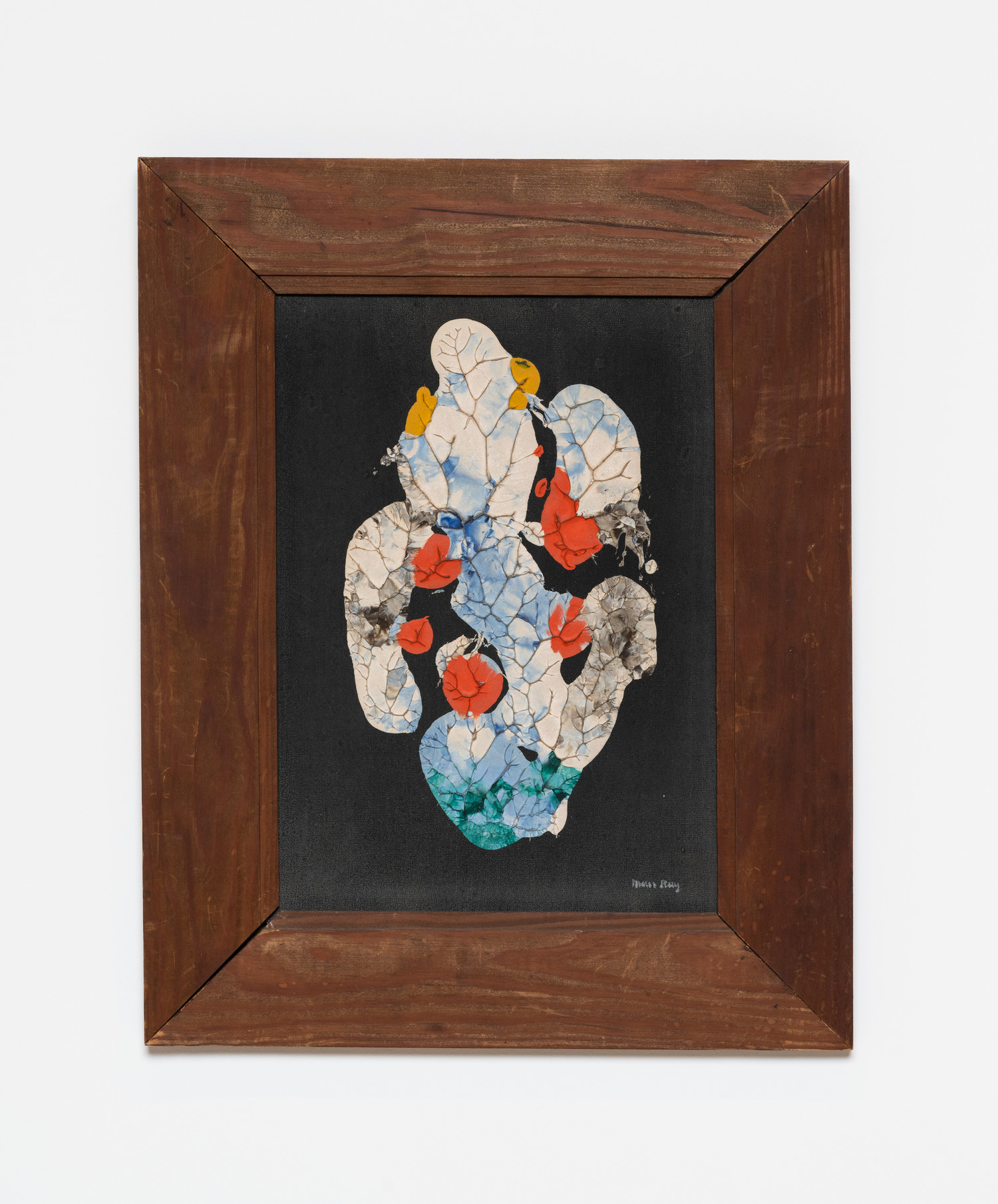
Natural Painting, c. 1958-1971

Parigi Composition Spontanée, c. 1958 - 1971
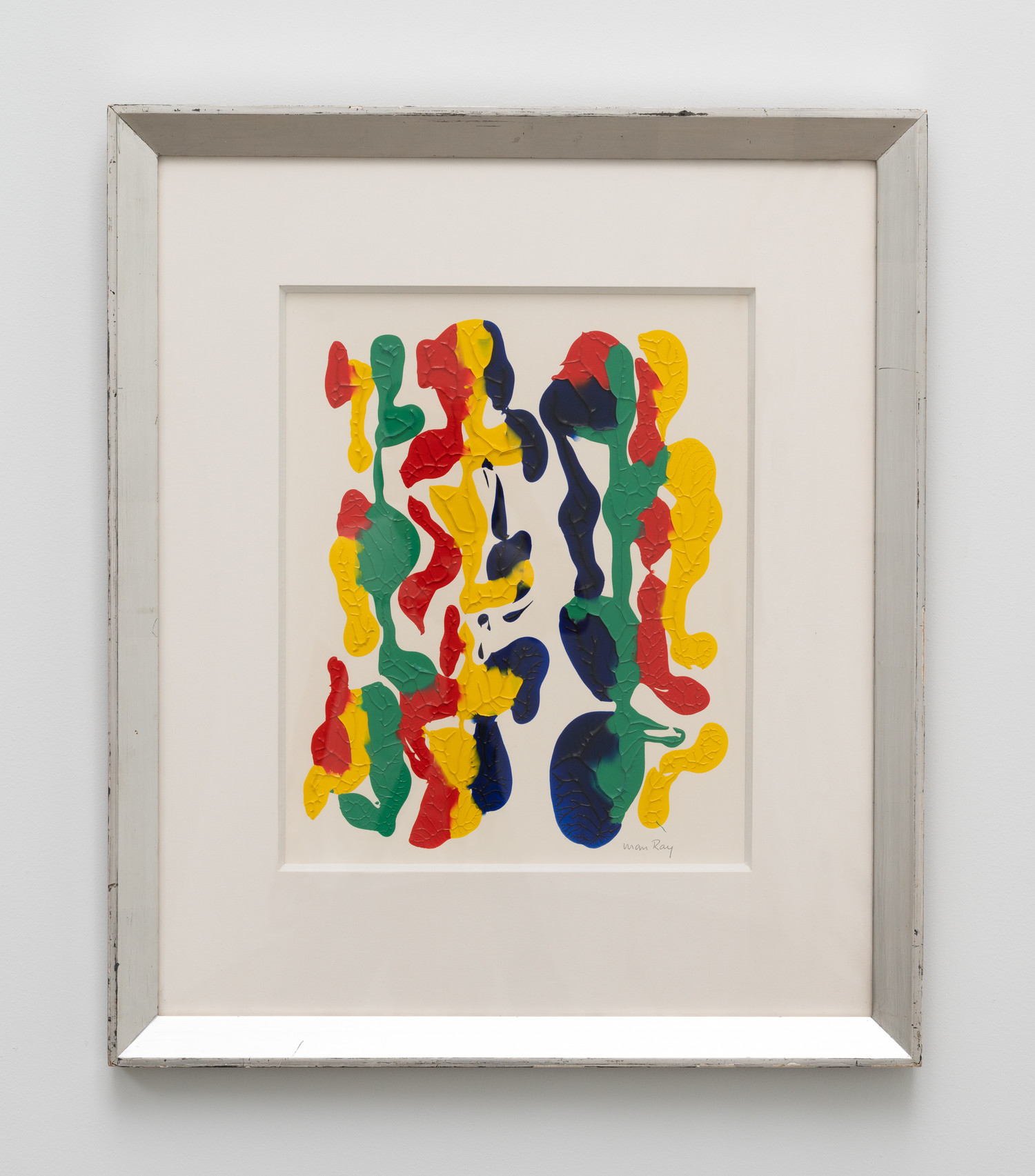
Natural Painting, 1971

Natural Painting, c. 1958 - 1971

Natural Painting (The Letter A), c. 1958-1971
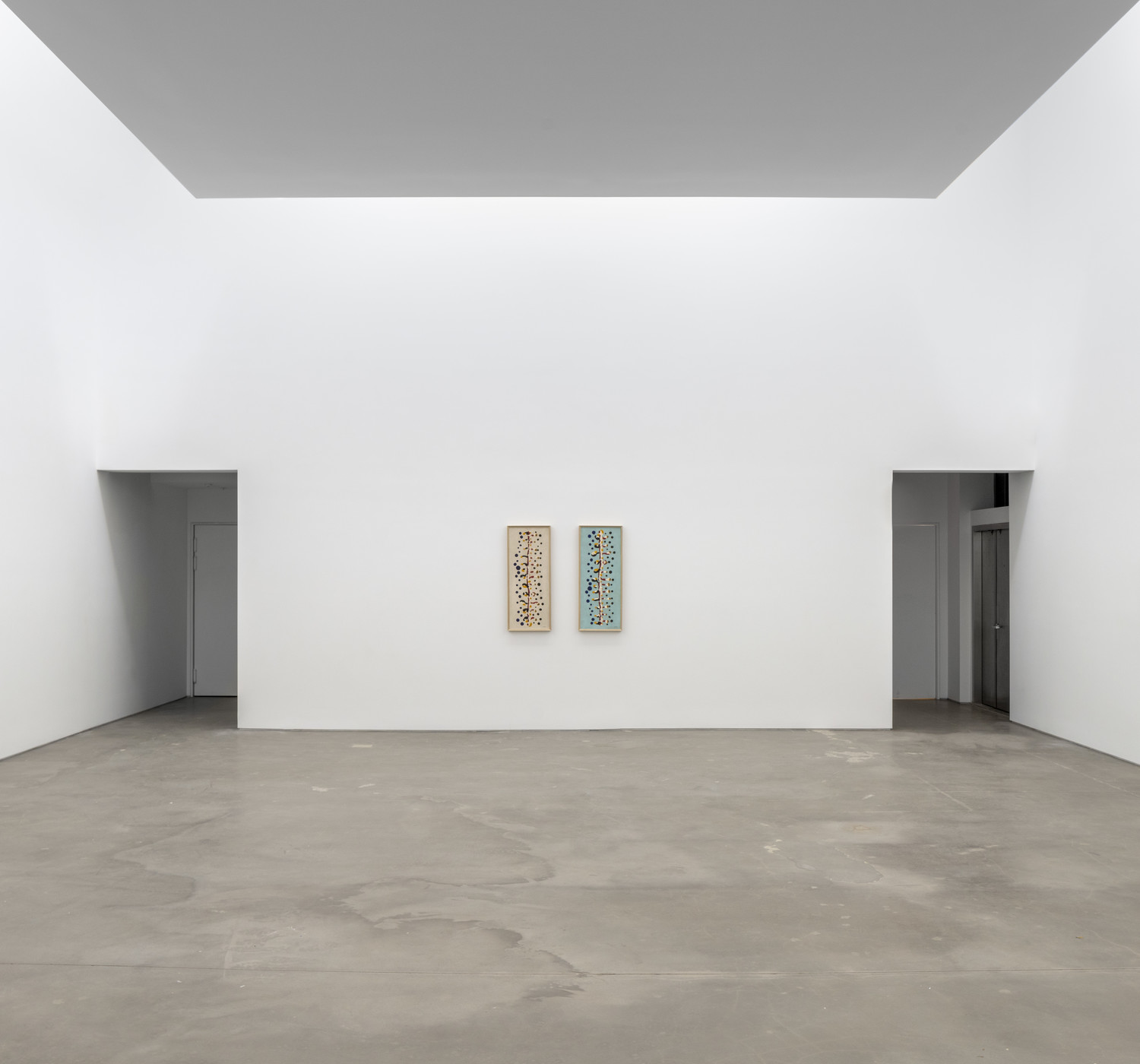
Gallery View I
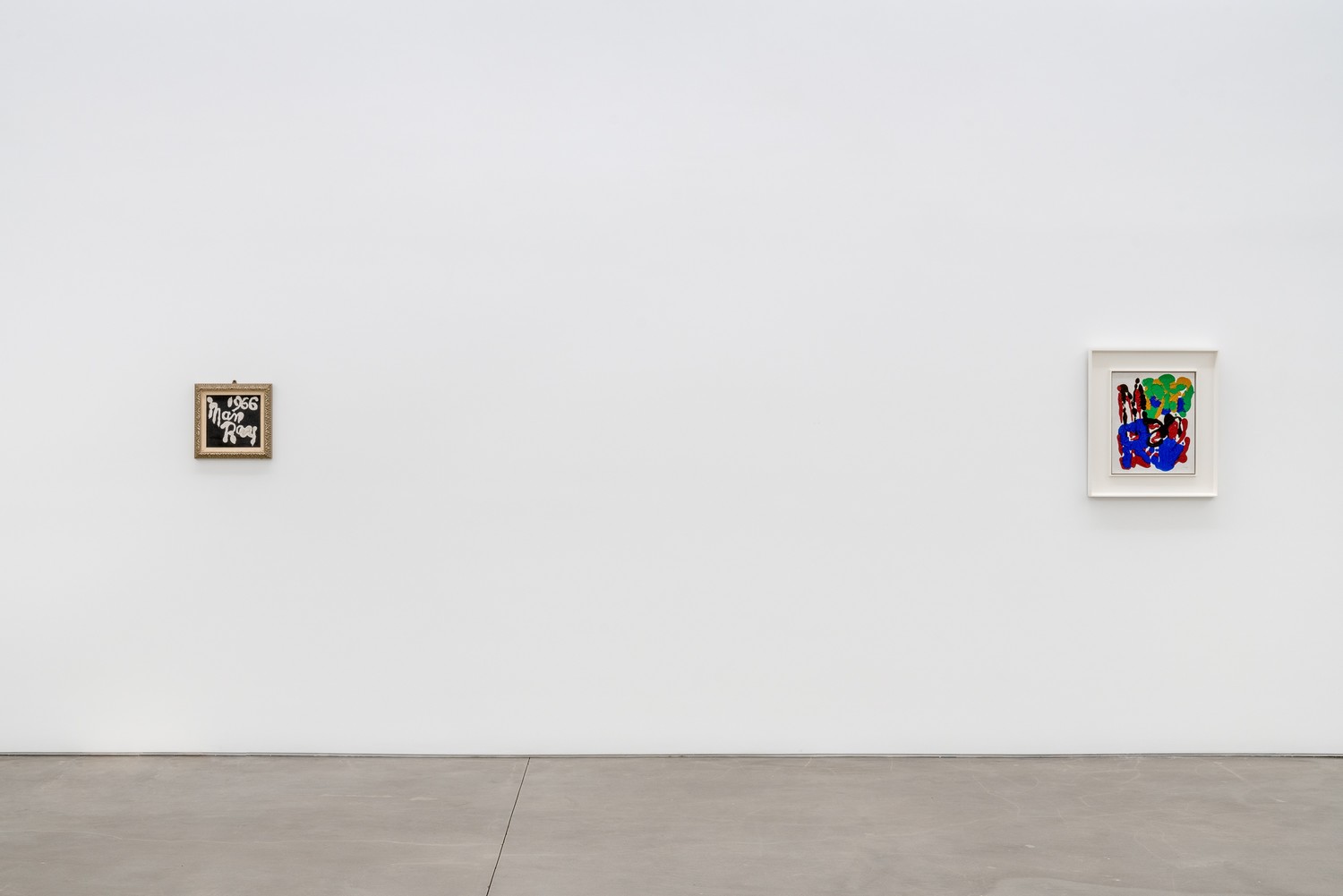
Gallery View II

Gallery View III

Gallery View IV
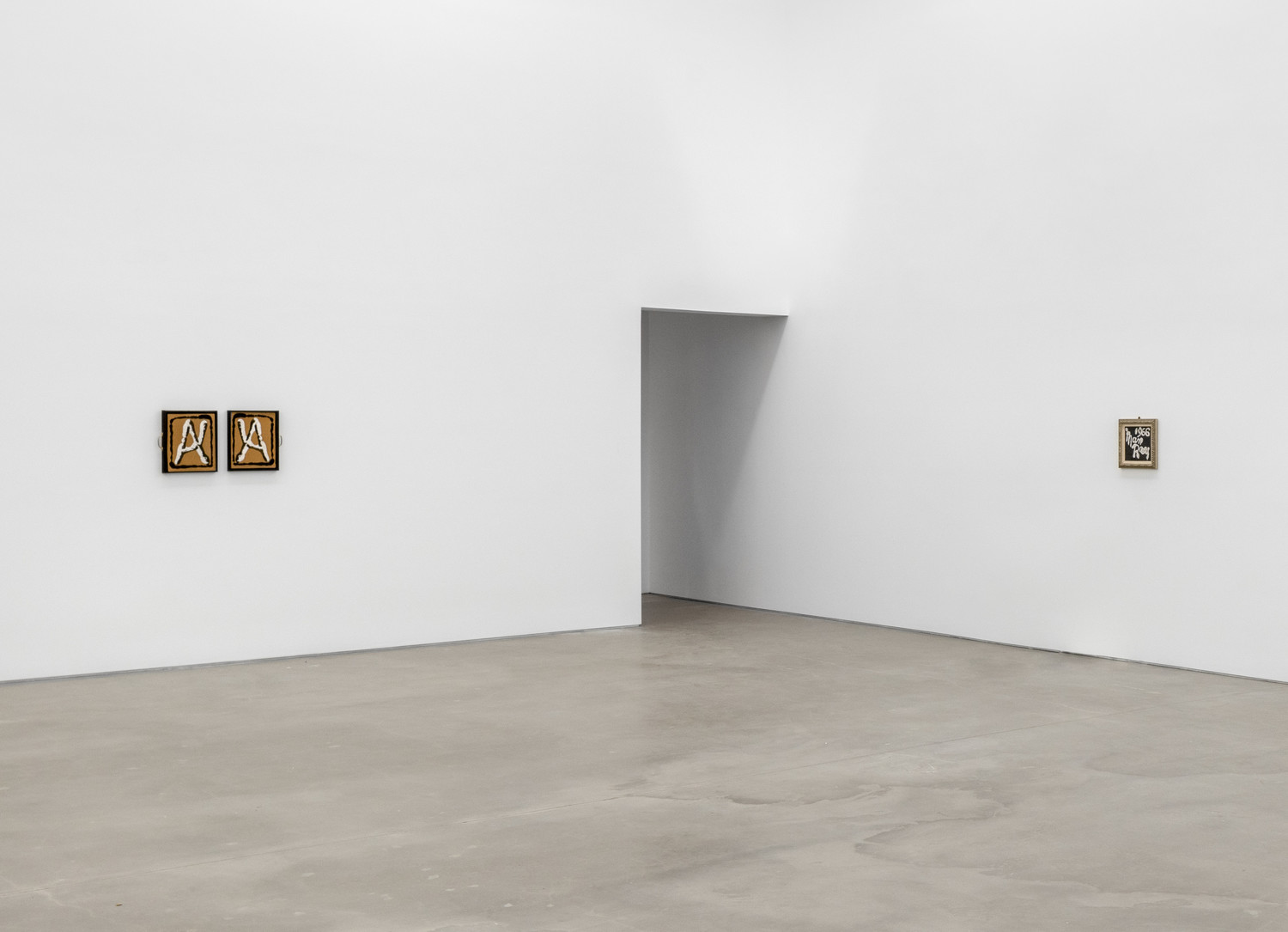
Gallery View V
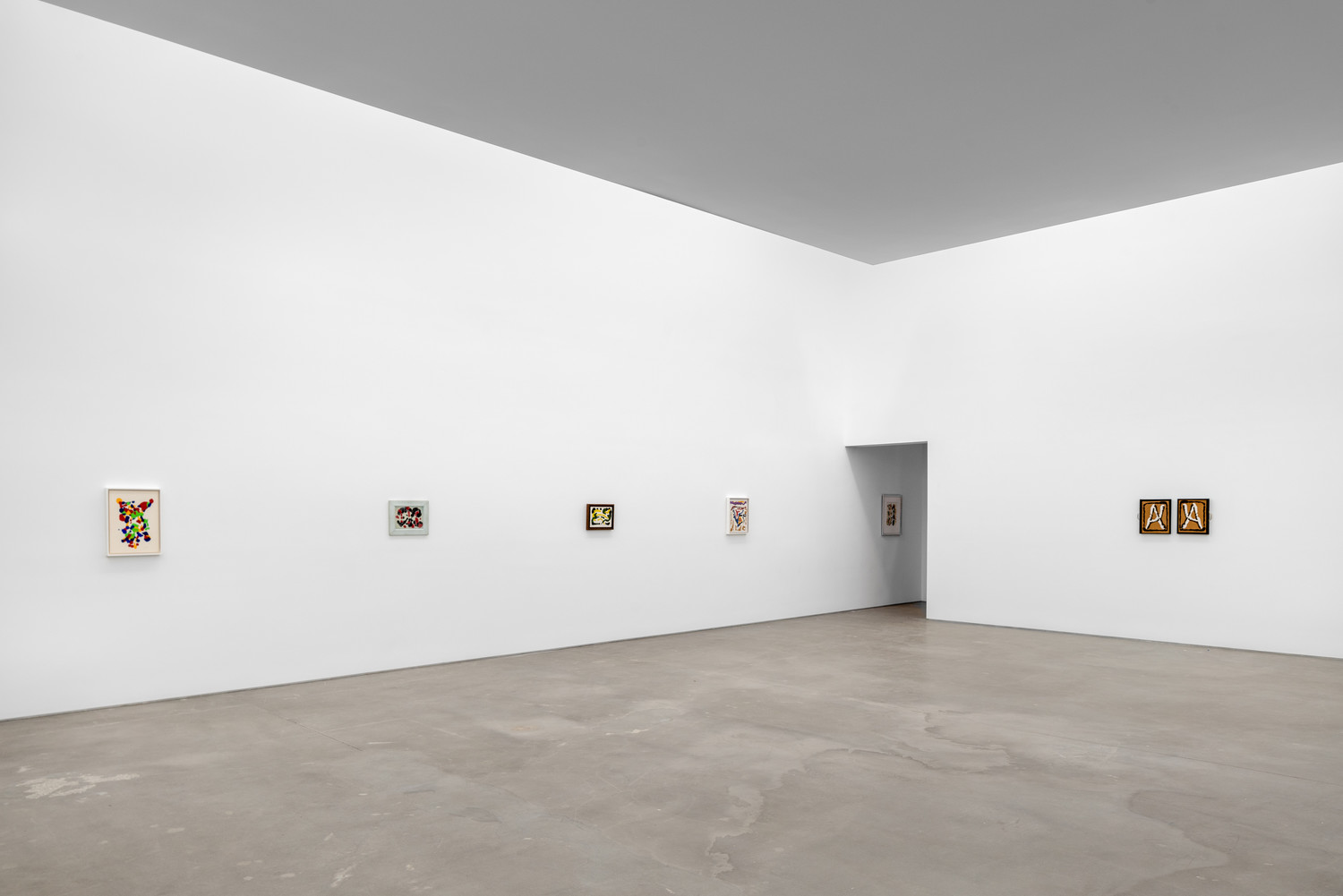
Gallery View VI
To categorize the art of Man Ray is challenging—a Dadaist, a Surrealist, a painter, maker of objects, chess sets and jewelry, a photographer and filmmaker, a writer and humorist—however, most of his admirers and critics agree that his legacy records his artistic output as an inventor and perpetual experimenter, striving to seek innovative artistic forms, new creative techniques and processes that he learnt to master to perfection.
Starting 1958, in reference to Max Ernst’s 1920’s Frottage (fig.1) and Oscar Dominguez’s 1930s Decalcomania (fig.2), Man Ray started experimenting with rapid-drying acrylic paint to develop a technique in which he calls “automatic.”
In the process of this technique, the artist would apply heavy patches of fast-drying paint to a board or panel and place a second panel on top and squeeze them together, often by sitting on them. The result would leave a sufficient amount of paint on each panel to produce two works, mirror-images of each other in abstract colors—full effect, with a heavy impasto.
Man Ray described how he developed this technique for his Natural Paintings series:
“At the same time I sought a new technique that would be more automatic as when a seed or sapling is planted and the forces of nature are counted on to do the rest. By spreading the colors according to impulse of the moment, I abandoned brushes and palette knives, and applied pressure with other surfaces, withdrawing them to produce a variation of the Rorschach test. The results were astonishing, with details that could have been obtained only through long and meticulous labor by hand. I gave these productions the general title of Natural Painting.”
The artist’s constant investigation of how to make paintings and the properties and process of painting has influenced the next generation of artists such as Andy Warhol and his Rorschach paintings.
This exhibition is the first-ever survey to investigate Man Ray’s series of Natural Paintings, executed from 1958 to 1971. In addition, it will feature the reunion of two panels of works, Peinture Naturelle, 1960 and Peinture Naturelle, 1960, which were created and then separated for over five decades.
To realize this project, we were fortunate enough to work alongside Man Ray specialists Andrew Strauss and Timothy Baum.
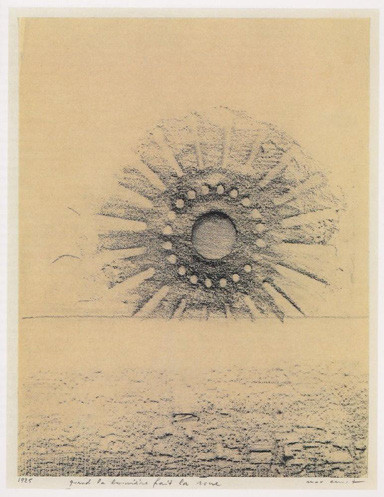
fig.1

fig.2